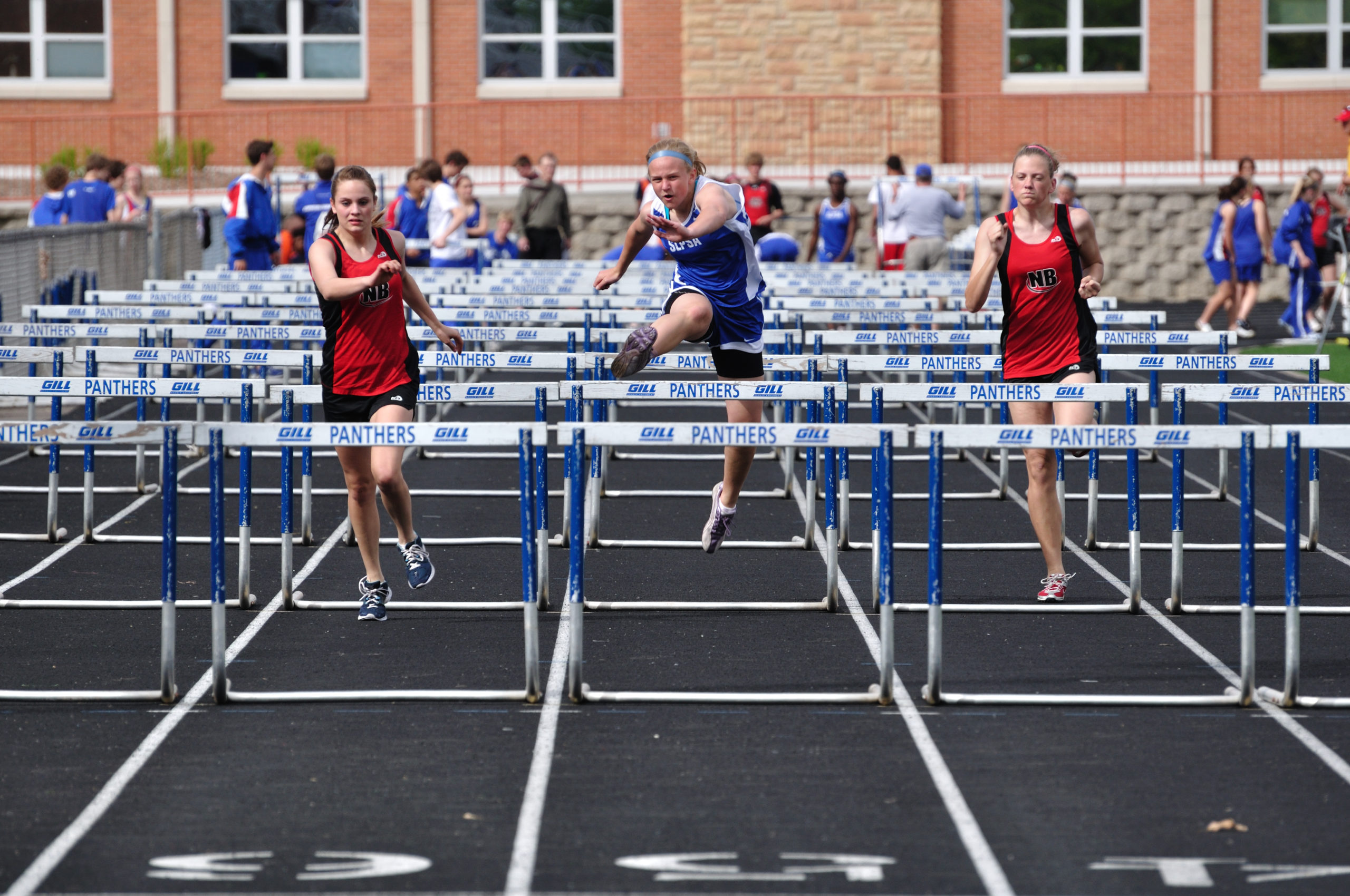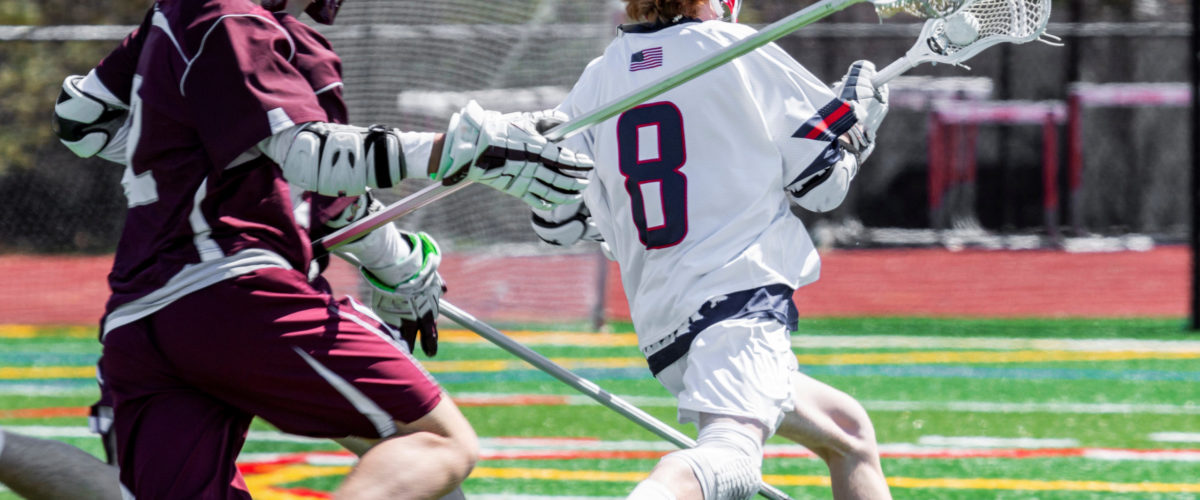Although winter sports are the focus now, March will be here before you know it. Is your sports administration ready for baseball, softball, lacrosse, boys volleyball, tennis, and track and field amid ongoing COVID challenges? A-G Administrators offers nine ways to ensure your spring sports season is ready to go whether the groundhog sees his shadow or not.
Preparing Your School For Spring Sports
Keeping track of these nine areas helps your sports administration ensure a smooth spring season.
1. Forms:
Paperwork for the spring season starts coming into the athletic department office six weeks before the start of the season in January.

Depending on your state, these forms usually include the pre-participation physical exam to determine whether it is safe for a child to participate in the sport, a medical history, a parent risk acknowledgement, and consent forms. In addition, if an athlete was injured and didn’t play in the last season, a physician’s certification may also be required to show the athlete is recovered.
2. COVID-19 Protocols/Sanitation:
Staying on top of ever-changing COVID precautions and requirements requires a crystal ball. Your school administration is probably in constant communication with the school board and state and local governments as well as sports governing bodies to stay on top of CDC guidance for practices, games, and spectator decisions. Outside of those considerations, common-sense steps to reduce transmission of the virus include:
- Cleaning and disinfecting frequently touched surfaces at least daily or between use
- Sharing of equipment or communal spaces should be reduced
- Minimizing practice groups
- Avoiding areas with poor ventilation or opening doors or windows when possible
- Not sharing food or drink (and everyone should bring their own water bottles)
- Encouraging frequent hand washing and setting up hand sanitizer stations
- Discussing proper face mask use and physical distancing for athletes, coaches, officials, and fans
3. School Sports Equipment:
Now is a good time to inspect sports and training equipment, make repairs and purchase any new equipment needed. Proper maintenance not only helps protect the athlete from injury but will also extend the life of the equipment. Note that some manufacturers require inspections or their warranties may be voided.
4. Tryouts/Team Rosters:
After the paperwork is received, tryouts are scheduled and held to build your school’s new spring teams.
5. Facilities and Field Checks:
Similar to equipment checks, you’ll want to make sure that fields for lacrosse, baseball, and softball and the courses for track and field are properly maintained and groomed for safety, school pride, and league requirements. Those checks also extend to bleachers, stadiums, and concessions to ensure safe seating, viewing, and foodservice. (Concessions may need food licenses depending on your local requirements.)
6. Uniforms:
Replace worn uniforms as necessary to keep your teams looking professional at play and when they represent the school.
7. Schedules:
Plan out practices between varsity, JV, men and women’s teams; double-check schedules of games and meets for any changes, and organize transportation for away events. The athletic department often builds schedules in advance, so that may also need to be taken into consideration.
8. Volunteers and Personnel:
Make sure that referees, other officials, school sports coaches , and trainers are on board (unless the school already employees them) and determine if volunteers are needed. If so, make sure clearances are in place before the start of the season.
9. Accident insurance:
If your school doesn’t offer accident insurance to its student-athletes, now is a good time to look into the benefits it can provide.
Participant accident insurance such as plans available from A-G Administrators help with medical treatment costs when a student-athlete is injured in an accident. It steps in to help pay the costs left by the family’s primary health insurance, including deductibles, co-payments, and other out-of-pocket costs.
These uncovered costs can add up to many hundreds, even thousands, of dollars, which could be hard for a family to manage. When accident insurance is in place, the family and the athlete can concentrate on recovery instead of worrying about finances. And, in those instances where a family might not have health insurance coverage, it gives them some financial help to fall back on. And, it may also keep a family from suing the school for expenses and damages.
Your school can choose to offer:
- Mandatory plans, where parents must have the coverage and they pay the premiums
- Compulsory plans, where the school covers the premium
- Voluntary plans, which the parent has the option to purchase
With these three options, A-G can design a perfect plan for your school’s situation and budget to protect student-athletes and their families from the expensive risk of accidental injury.
A-G Is There for Spring and Every Sports Season
Your school’s sports administration has a pretty long list of responsibilities to work through before spring sports start. Let us show you how we can help.
Working with over 3,200+ K-12 schools and school systems for nearly 40 years, our schools trust us to keep their financial risks in control, season after season. We welcome the opportunity to help you get ready for this spring. Contact us today to get started.



